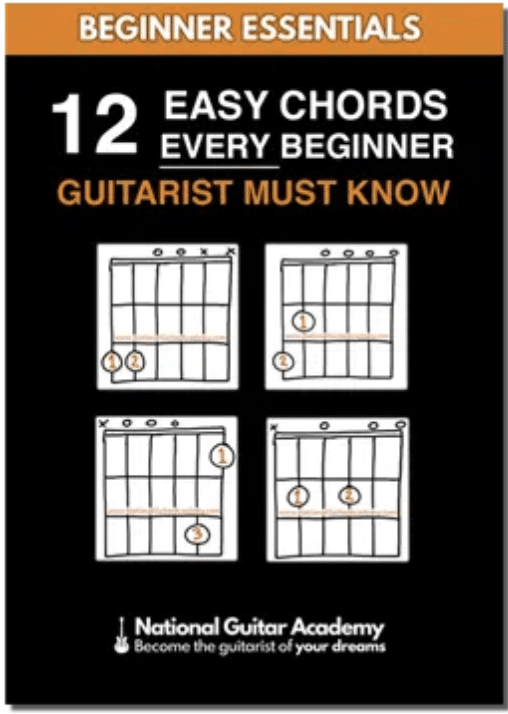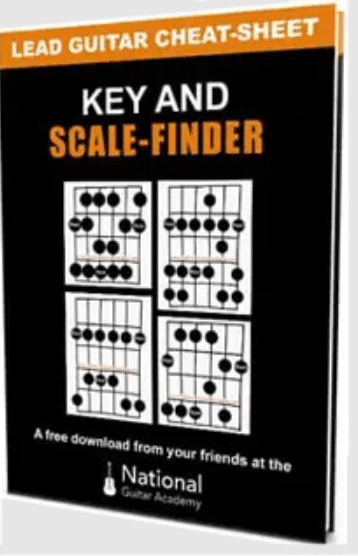This quick and simple trick will make your chords sound sharp, defined, articulate, and musical.
Are you struggling to make your guitar chords sound more polished and clean and professional? Let me share a really useful tip with you that will help with this. Every chord you play is made up of a collection of notes but one of the notes is more important than the others and that’s called the root note. The root note is the hero note, it’s the tonal center of the chord.
What this means for you is this, when you play a chord the first note from that chord that we want to hear is the root note. If you do this then your chords will sound sharp and defined, articulate and musical and interesting. If you don’t do this your chords will sound muddy and indistinct and amateurish.
So what you need to do is on the first beat of any new chord that you play, play the root note of that chord before any other note. Don’t worry you can find the root note to any chord really easily. It’s always the note that’s closest to the sixth string that you actually play.
Let me show you an example, so if you’re playing an A chord then the first note that you actually play is actually on this string open isn’t it, the fifth string open. So when you play an A chord we want to hear this string first when you play an A chord because that note is A. If you’re playing a C chord the root note is here, it’s C. So you better strum that chord so I hear that note first. If you’re playing a G chord the root note is here, it’s G. We want to hear that note first.
If you’re playing a D chord the first note that you play is actually the D string open isn’t it. We don’t actually have a finger on that string because it’s here. We begin here.
Okay if you’re playing an F chord then the first note we want to hear is here on the top it’s F. If you’re playing an E chord the first note we want to hear is the sixth string played open. Okay if you do that then your chords are going to sound nice and clean and crisp. Each chord change is clearly delineated.
What that does is it makes the chord changes more satisfying try it now and don’t play the root notes first and listen to how indistinct and unsatisfying and unmusical it sounds. Okay so listen to this example and you’ll hear exactly what I mean. I’m going to play a simple chord progression here it’s going to go like this C to G A minor to F. Okay now I’m playing the root notes first.
Yes C, G, A minor, F. Okay now if I don’t play the root notes listen to how rubbish it sounds. Now the chord progression might still be in there. Okay it sounded a bit like the first version I played but it definitely wasn’t as clean and crisp and clear where one chord began and another one ended.
Lots of beginner guitarists don’t know this and they don’t do this and that’s why their chord changes sound so muddy. Remember the root note is the hero note. It’s the note that defines the chord not just in the way it sounds but also literally the root note of an A chord is the note A. The root note of a B minor chord is B. The root note of a C major 7 chord is C. It’s always the first letter of the name of that chord.
So remember for every chord you play we want to hear the root note first.



